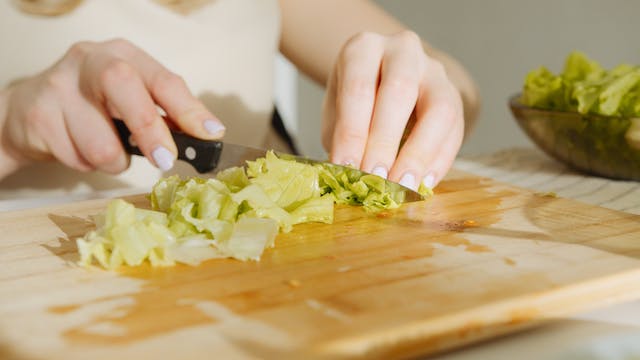As a gardener, you know that choosing the right fertilizer is crucial for the health and growth of your plants. With so many options available, it can be overwhelming to decide which fertilizer is right for your specific needs. Here are five tips to help you choose the right fertilizer for your plants.
- Know Your Plants’ Needs
Different plants have different nutritional requirements. Before you choose a fertilizer, make sure you know what your plants need. Some plants, like vegetables and fruit trees, require a lot of nitrogen for leafy growth. Other plants, like flowering shrubs, require more phosphorus for healthy blooms. Research the specific needs of your plants and choose a fertilizer that provides the right nutrients in the right amounts.
- Understand the Numbers
When you look at a bag of fertilizer, you’ll see three numbers on the label, such as 10-10-10 or 5-10-5. These numbers represent the percentage of nitrogen, phosphorus, and potassium in the fertilizer, respectively. Nitrogen promotes leaf growth, phosphorus promotes root growth and flower development, and potassium promotes overall plant health. Understanding these numbers can help you choose a fertilizer that meets your plants’ specific needs.
- Consider Slow-Release Fertilizers
Slow-release fertilizers are designed to release nutrients over a longer period of time, providing a steady supply of nutrients to your plants. These fertilizers can be more expensive than regular fertilizers, but they can save you time and money in the long run by reducing the frequency of fertilizer applications.
- Choose Organic or Synthetic Fertilizers
Organic fertilizers are made from natural materials like compost, bone meal, and fish emulsion, while synthetic fertilizers are made from chemicals. Organic fertilizers are generally considered more environmentally friendly and can improve soil health over time. However, synthetic fertilizers can provide more immediate results and may be more convenient to use.
- Use Fertilizer Responsibly
Using too much fertilizer can be harmful to your plants and the environment. Follow the instructions on the label carefully and avoid over-fertilizing. If you’re not sure how much fertilizer to use, start with a small amount and gradually increase it as needed. Remember that less is often more when it comes to fertilizing.
By following these tips, you can choose a fertilizer that will provide your plants with the nutrients they need to thrive. Happy gardening!








